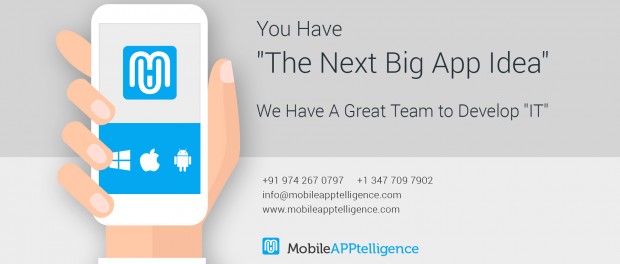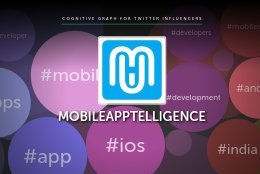What is Mobile App Deep Linking?
Mobile app deep linking is the process where you can use a URL to link pages or specific locations within your mobile application. The purpose of this is to offer the users with suitable information and data, which can be done via emails, notifications, SMS, social media, etc.
Deep linking mainly drives user engagement. Let’s explain this with an example. Say you want your users to be directed from a particular page in your app to your company’s Twitter page. If you do not use deep linking, you are left with few options. First, the users can click a button that is shown on your app page, which will launch a mobile browser.
>>Are You Looking for Mobile App Development Company?: Connect Our Team
After they arrive at the Twitter page, they might have to sign in, if they haven’t already. Second, the users are directed to exit the app, launch the Twitter app, then search and visit your company’s Twitter page. However, if you opt for mobile app deep linking, users only need to click on the deep link which will automatically launch your company’s Twitter page without any deferral.
Types of Mobile Deep Links
Traditional Deep Links
Traditional Deep Links directs users to particular areas or screens of the app with the help of the app URL. It can be embedded in multiple channels such as emails, web pages, social media posts, etc. and help to save the significant time of the users by directing to particular and relevant content.
Such links can be placed on product ads come into view on the browser so when the user clicks on them, he is directly taken to the specific landing app page selling that product. However, the only disadvantage of this linking system is that it will show an error message if the particular app is not installed on the user’s mobile.
Deferred Deep Links
Deferred deep links do not inevitably require the app to be installed on the user’s mobile device. Upon clicking, such links will direct the users to the App Store or Play Store from where the user can download the app. next to that, it will take the user to the respective content in the app.
Contextual Deep Links
Out of the three, these types of deep links are the best and perhaps the most relevant and many using this in industry. They not only direct users to particular content or location but also offer pertinent data to the app developers on who shared the link, the source from which location it was clicked, what the user wishes to see, etc. This data, in turn, helps in customizing personalized experiences for users with suitable content they wish to see.
Final Thoughts
Mobile app deep linking is certainly a great way to improve the user experience in your app. But, since the process directs the users to particular content, it puts the users on a diverse path, unlike the ideal user path. This implies that you need to be particularly careful while planning the use of deep links.
>>Are You Looking for Mobile App Development Company?: Connect Our Team
In order to offer the best user experience, make sure that the deep links direct users to pages where there are nosing in required. Frequent sign in and authentication pages irritate the users and provide a poor user experience.
Lastly, the potential of deep links to augment the user experience, improve the app’s discoverability, increase user engagement and retention rates and finally drive better revenues make the process important from both the developer and user’s view.












Leave a comment